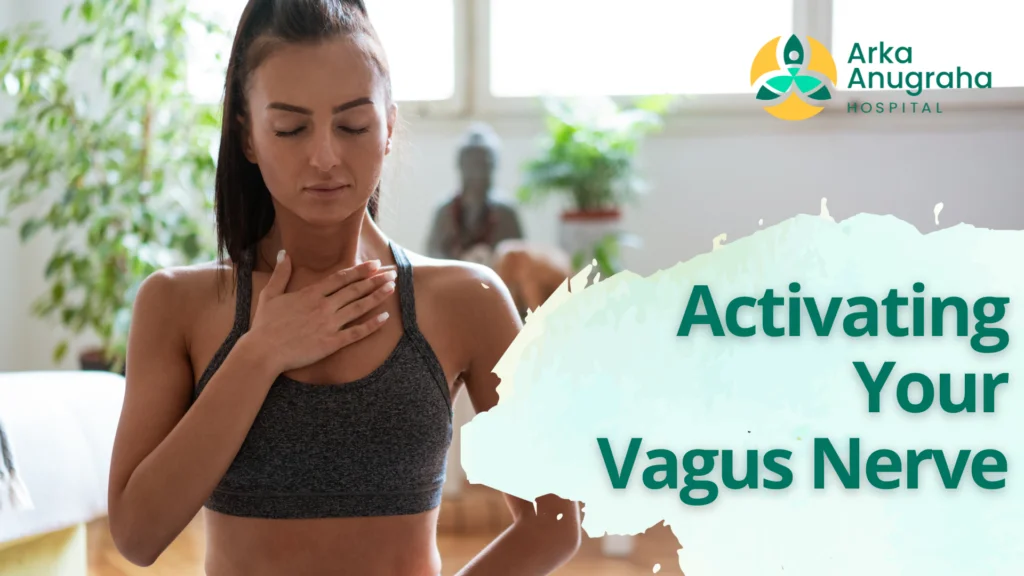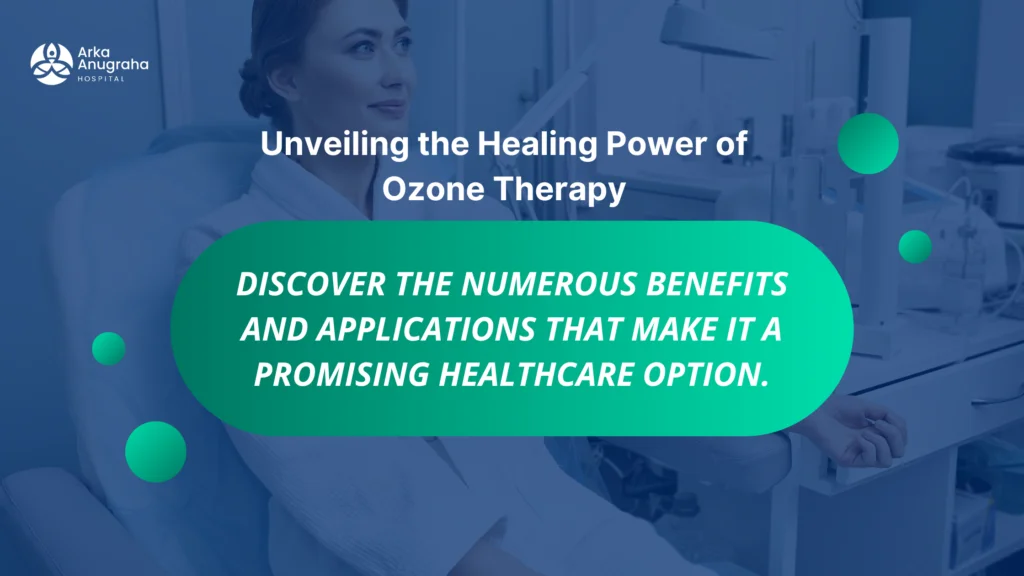What is an Incisional Hernia?
An incision from a previous surgical procedure in the abdominal area can leave the muscle tissues in the region weaker. Hernia caused by the protrusion of intestines through such incision-related weak spots is termed incisional hernia.
The incidence of this is primarily seen in the elderly, obese or those who lack physical activity following abdominal surgery. Incisional Hernia occurs after 5% – 20% of all abdominal surgeries.
In the same way that an inner tube pushes through a damaged tire, the inner lining of the abdomen pushes through the weakened area of the abdominal wall to form a balloon-like sac. This can allow a loop of intestine or other abdominal contents to push into the sac.
What are the Surgical Options available?
There are two options for Incisional Hernia Repair.
Open Repair: This traditional approach is done through an incision in the abdominal wall. It may go through part or all of the previous incision, skin, underlying fat layer and into the abdomen. The surgeon may choose to sew your tissues back together, but frequently, it requires the placement of mesh in or on the abdominal wall for sound closure. This is performed under general, spinal or epidural anaesthesia. Due to the larger size of the incision, open hernia repair is generally painful with a relatively long recovery period.
Laparoscopic Repair: In this approach, a laparoscope (a tiny telescope with a television camera attached) is inserted through a cannula ( a small hollow tube). The laparoscope and TV camera allow the surgeon to view the hernia from the inside. Any multiple defects or weaknesses of the abdominal wall can be assessed with this approach. The mesh is fixed under the hernia defect covering at least five centimetres beyond the edge of the defect. It is held in place with special surgical tacks and sutures. This is termed an Intra Peritoneal Onlay Mesh (IPOM) repair. This is performed under General anaesthesia.
What are the causes of Incisional Hernia?
The incision in your abdominal wall will always be an area of potential weakness. Hernias can develop at these sites due to, infection at that site following surgery, obesity, chronic cough, heavy weight lifting, straining during bowel movements or urination. The incisional hernia can occur immediately following surgery or may not be apparent for years following surgery.
What are the signs and symptoms of Incisional Hernia?
A hernia is usually recognised as a bulge under your skin Occasionally it causes no discomfort at all, but you may feel the pain during lifting heavy objects, coughing, straining during bowel movements or urination or with prolonged standing or sitting.
Should all Incisional Hernias be repaired?
In general, incisional hernias that are at risk for complications, that cause pain, or that limit activity should be repaired. If they are not repaired, there is a risk that an emergency surgical procedure may be required later. Under certain circumstances. the hernia may be watched and followed closely. These situations are unique to those individuals who are at high operative risks (i.e. those with severe heart or lung disease, or bleeding problems). Of course, even in the high-risk person, if the symptoms become severe or if strangulation occurs, then an operation must be performed.
What are the complications of Incisional Hernias?
Serious complications from a hernia can result from the trapping of contents in the hernia – a process called incarceration. Trapped or incarcerated tissues may have their blood supply cut off, leading to strangulation resulting in gangrene or death of the content, usually small bowel. Any continuous or severe pain, abdominal distension, vomiting, or redness near the bulge are indications of a hernia being entrapped or strangulated. These are cause for concern and the surgeon should be immediately contacted. This warrants Emergency Surgery.
















